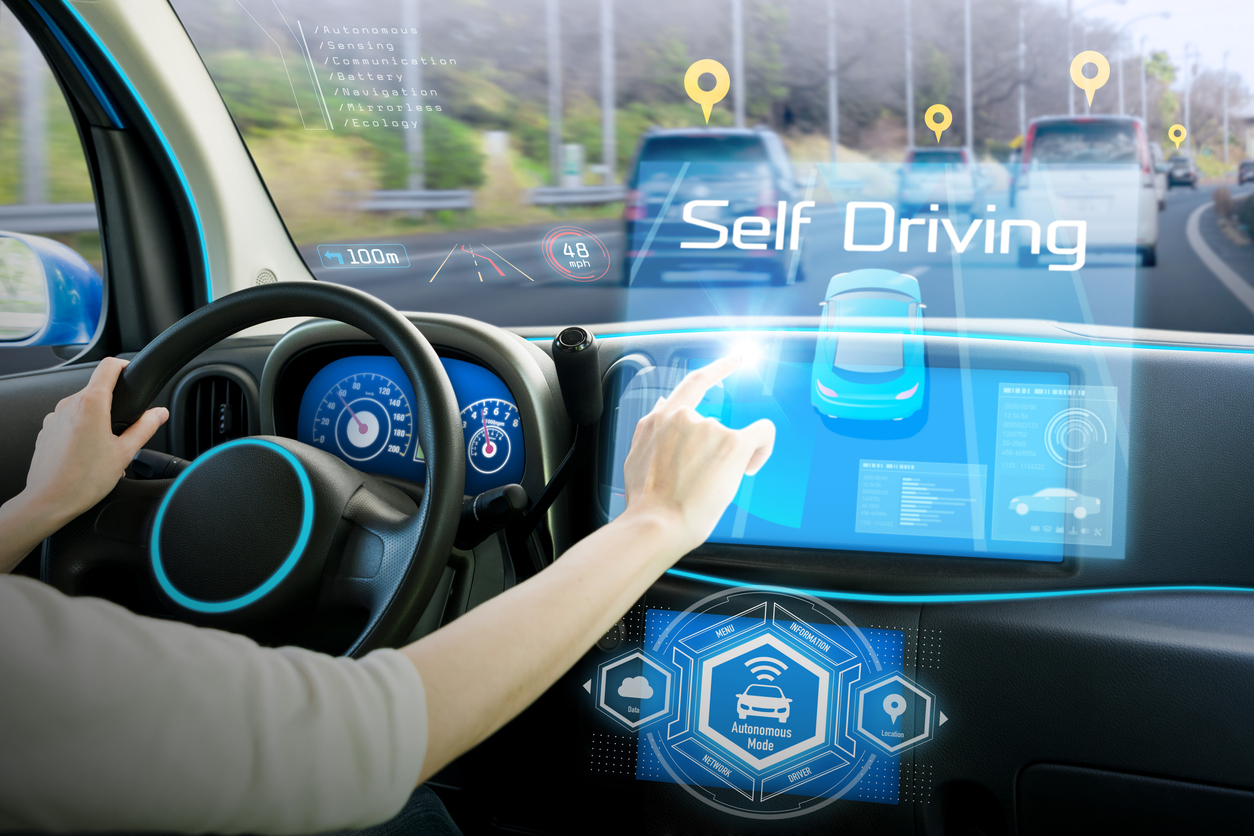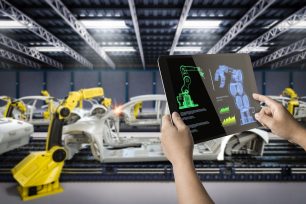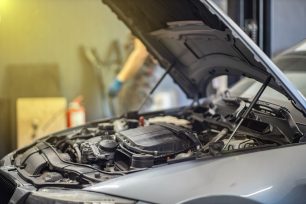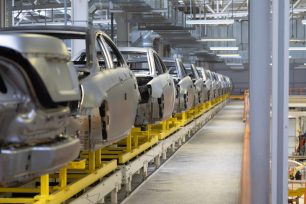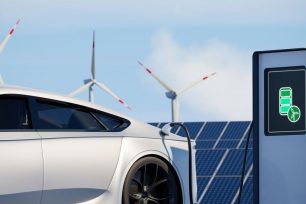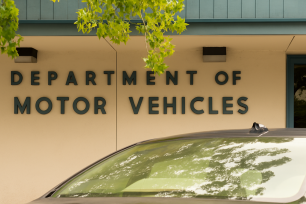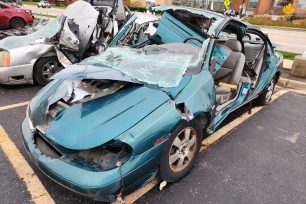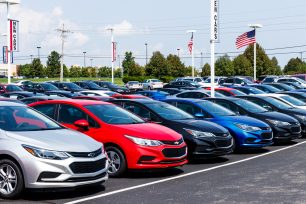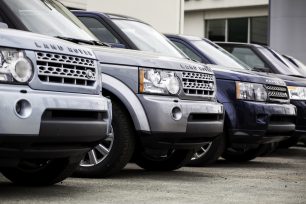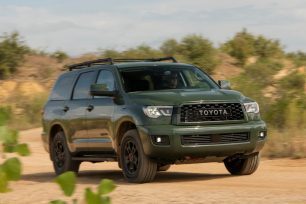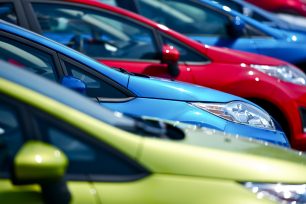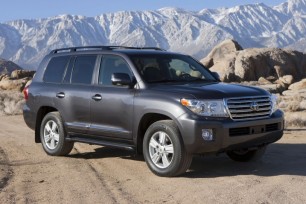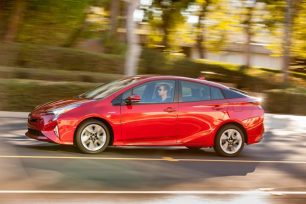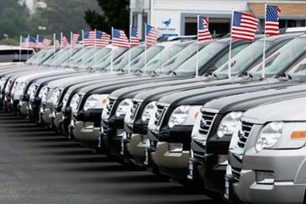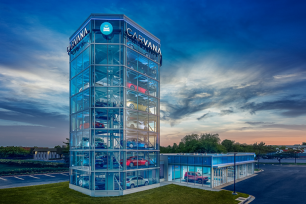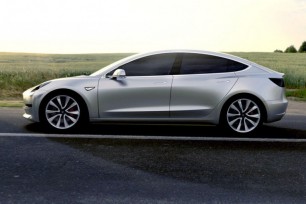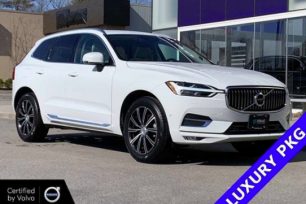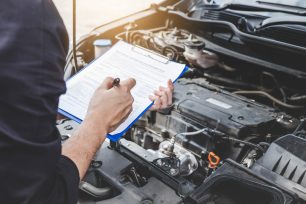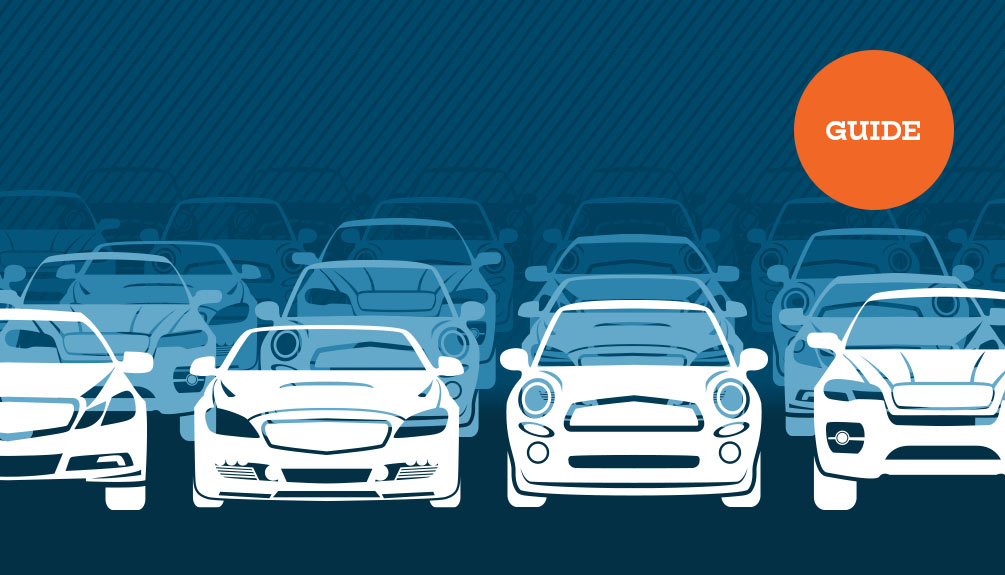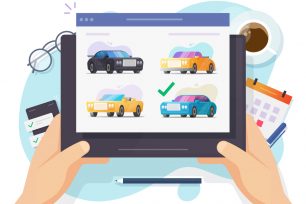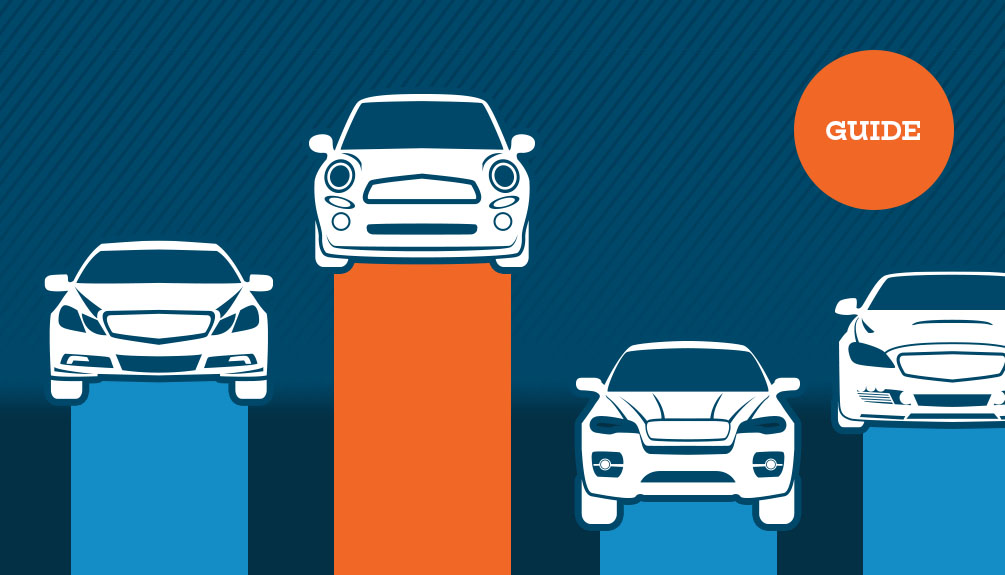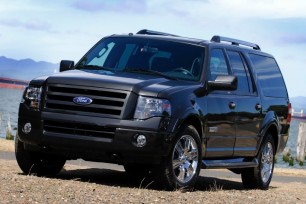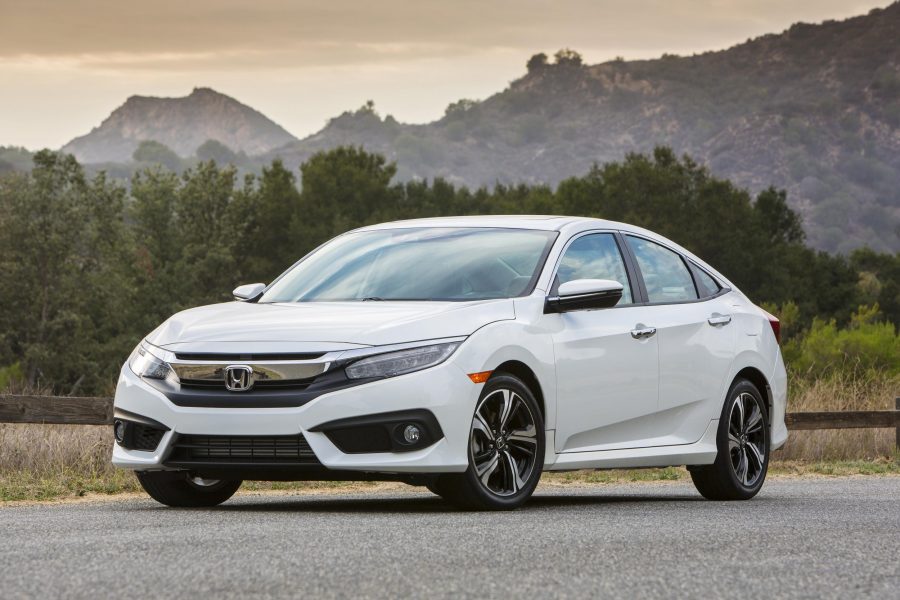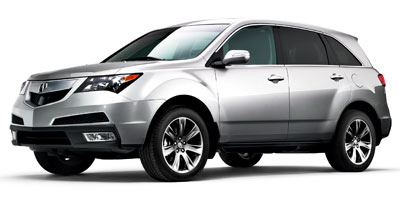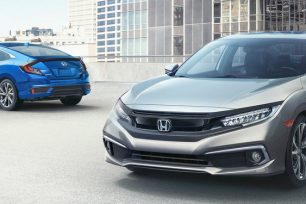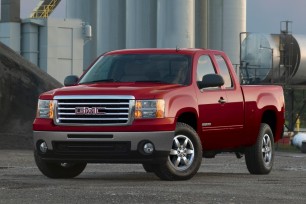Self-driving cars, also called autonomous vehicles, have been in development for over a decade. But producing a fully autonomous vehicle has proven challenging, even for companies like Apple, General Motors, and Google, all of which have invested billions of dollars in autonomous driving technology. Apple and General Motors cancelled their driverless car programs in 2024, as did the automakers Ford and Volkswagen in 2022
With the withdrawal of so many companies over the past few years, the future of driverless vehicles seems rather bleak, right? Not necessarily. While some big names have bailed out on the effort, Google’s Waymo division continues to offer robotaxi services in Austin, Los Angeles, Phoenix, and San Francisco. These self-driving vehicles continue to have a steering wheel, but they operate with no human driver, giving users a glimpse at our full self-driving future.
Will Tesla Be the First to Offer Self-Driving Technology to the Masses?
Tesla CEO Elon Musk has been touting the advanced driver assist systems (ADAS) in his electric vehicles for years. He claims his Autopilot Full Self Driving (FSD) technology can handle most driving tasks and is close to achieving full automation. But even Musk admits his robotax service won’t be in operation before “late 2026” and the full rollout process could take years.
We’re Making Progress, but When Will Fully Autonomous Cars Arrive?
Waymo won’t commit to when it can offer self-driving technology in every major U.S. city. Waymo competitor Wayve, a London-based autonomous technology company specializing in artificial intelligence and working with Uber, is similarly coy about when its technology will enable fully self-driving cars across global markets.Based on the rate of progress for tech companies like Waymo and automakers like Tesla, it’s reasonable to assume self-driving technology won’t be widely available until around 2030 at the earliest. The lucrative business models associated with this technology will keep driving the automotive industry back to it, and artificial intelligence should advance the programming algorithms needed to master self-driving tasks at an increasing rate over the next few years.
Why Is it Taking So Long To Develop Self Driving Technology?
The major hurdles holding back automated driving include the vast array of driving situations a vehicle can encounter, the challenge of keeping cameras and sensors clear during changing weather conditions, and the complex regulations a company must navigate to test and operate a self-driving fleet. Safety remains the top concern for automated vehicles, especially after a self-driving vehicle struck and killed a pedestrian in Tempe, Arizona, in 2018.
Are Any New Vehicles Capable of Self Driving Today?
The hype surrounding today’s “semi-autonomous” technology can be confusing, but it’s important to remember there are no self-driving cars available for consumer purchase today. Mercedes-Benz offers the closest thing to a self-driving car, with its S-Class and EQS sedans capable of limited Level 3 autonomous driving, as defined by the Society of Automotive Engineers (SAE).Dubbed “Drive Pilot,” Mercedes’ technology can only operate on freeways in California and only during the day at reduced speeds. But when it’s in operation, the car is considered in control of the vehicle, not the driver. Other advanced driving systems, including GM’s Super Cruise and Ford’s BlueCruse, also allow extended hands-off freeway driving by combining lidar technology with adaptive cruise control, lane centering, and automatic emergency braking sensors.
Buyers looking for the latest semi-autonomous driving technology should read The Best (Almost) Self Driving Cars Available Today to see which new cars offer the most advanced features. While no car can fully drive itself, today’s semi-autonomous tech can remove most of the pain associated with freeway traffic jams.

